Understanding and Supporting Autism Across the Lifespan
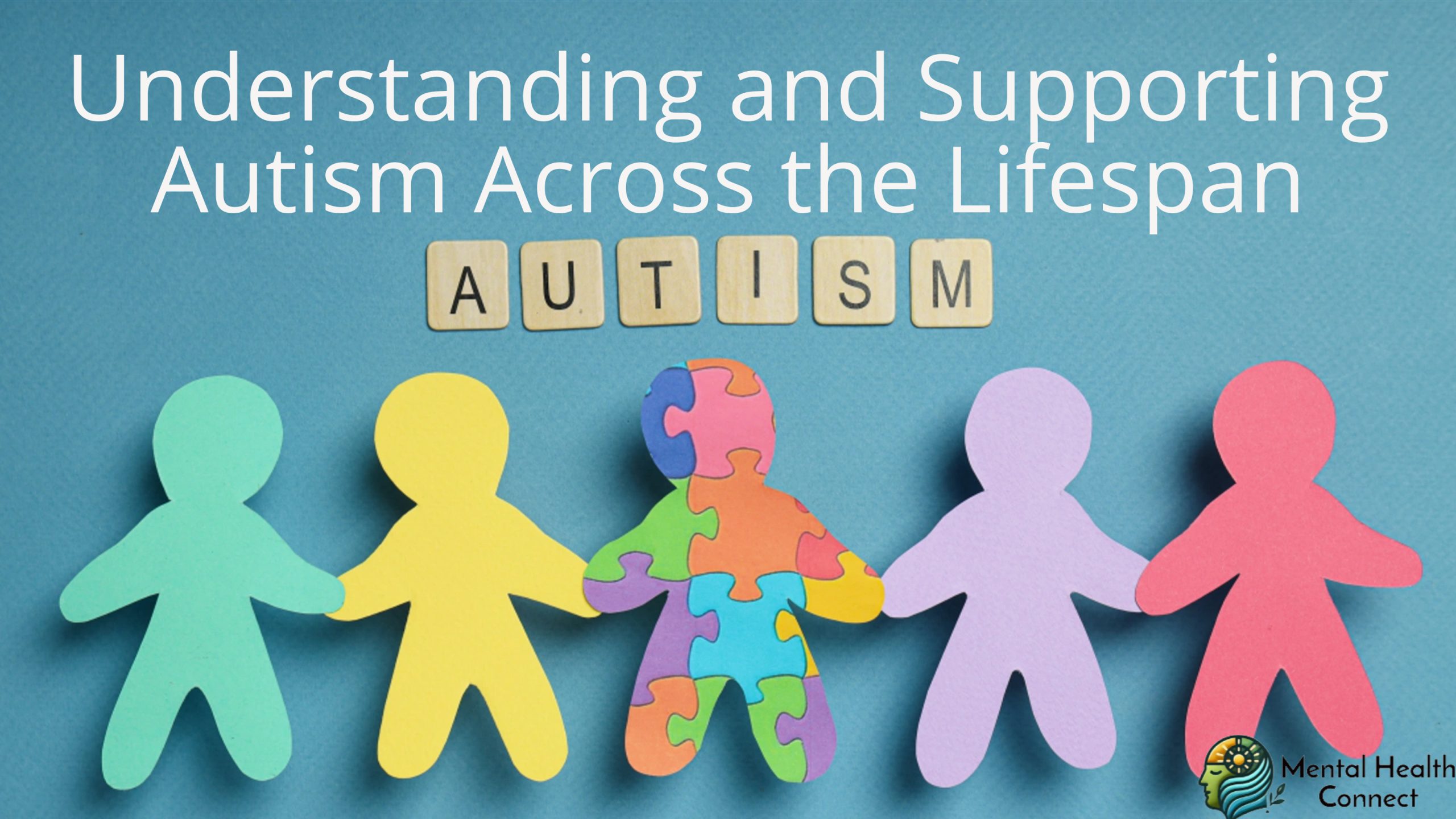
When a child doesn’t respond to their name, avoids eye contact, or shows intense focus on specific objects, parents often wonder if these could be signs of autism. Autism spectrum disorder affects approximately 1 in 36 children in the United States, impacting how they perceive the world, communicate with others, and navigate daily social interactions. Despite increased awareness, autism remains widely misunderstood, with many families receiving diagnoses without adequate guidance on next steps. This comprehensive guide explores what autism is, its significance in today’s society, effective approaches for support, and emerging developments in understanding and accommodating neurological differences.
What is Autism?

Autism, formally known as Autism Spectrum Disorder (ASD), is a complex neurodevelopmental condition characterized by differences in social communication, sensory processing, and behavioral patterns. The term “spectrum” is crucial – reflecting the wide variety of strengths and challenges experienced by autistic individuals.
Key Characteristics of Autism
- Social Communication Differences: Challenges with back-and-forth conversation, nonverbal communication cues, developing and maintaining relationships
- Restricted or Repetitive Behaviors: Repetitive movements, inflexible adherence to routines, intense interests, unusual sensory responses
- Sensory Processing Variations: Heightened or reduced sensitivity to sounds, lights, textures, tastes, or smells
- Executive Functioning Differences: Challenges with planning, organizing, transitioning between activities, and managing time.
Autism Through the Lifespan
Autism presents differently across age groups:
- Early Childhood: May show reduced joint attention, delayed speech, limited pretend play, repetitive behaviors
- School Age: Social challenges become more apparent, special interests develop, academic strengths and challenges emerge
- Adolescence: Navigating complex social dynamics, identity development, transition planning becomes important
- Adulthood: Focus shifts to independent living skills, employment supports, and community integration
Autism Diagnosis Process
Diagnosis typically involves:
- Comprehensive developmental assessments
- Structured observation tools (like ADOS-2)
- Parent/caregiver interviews and questionnaires
- Medical evaluation to rule out other conditions
- Input from multidisciplinary professionals
How to Support Someone with Autism
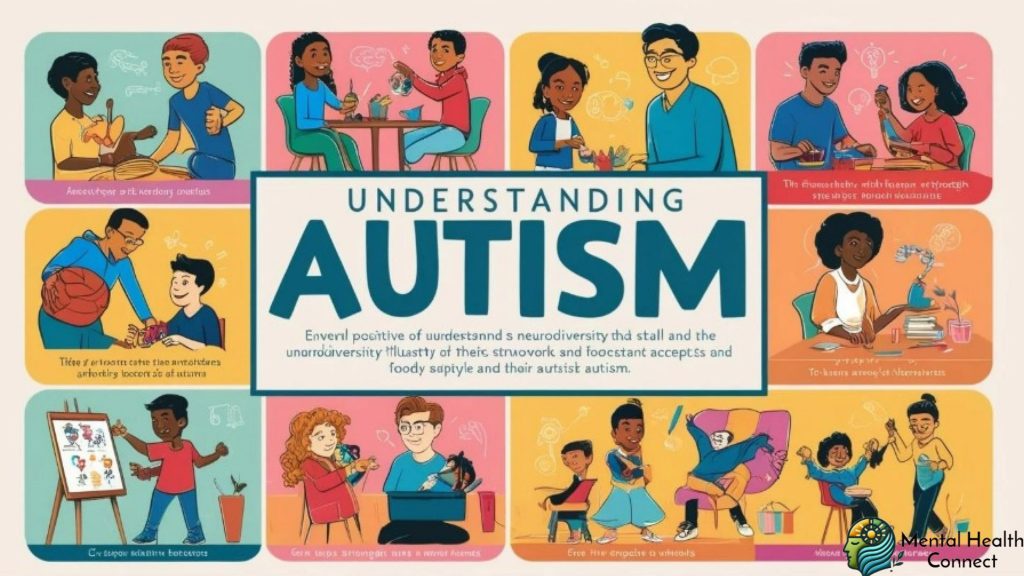
Step 1: Learn About Their Individual Profile
- Observe and note specific sensory sensitivities and preferences
- Identify communication strengths and challenges
- Document situations that cause stress versus comfort
- Recognize signs of overwhelm before meltdowns occur
- Understand their special interests and strengths
Step 2: Adapt Communication Approaches
- Use clear, concrete language without idioms or sarcasm when needed
- Provide processing time between questions
- Supplement verbal with visual supports when helpful
- Honor alternative communication methods (AAC, writing, typing)
- Check for understanding rather than assuming comprehension
Step 3: Create Supportive Environments
- Reduce sensory overload through modifications (lighting, sound, etc.)
- Implement predictable routines and prepare for transitions
- Create clear expectations using visual supports when helpful
- Designate calm spaces for regulation
- Balance structured and unstructured time
Step 4: Build on Interests and Strengths
- Use special interests as motivation for learning
- Incorporate strengths into challenging activities
- Teach skills in context rather than isolation
- Break down complex social concepts into understandable components
- Celebrate neurodivergent thinking and problem-solving approaches
Best Practices for Supporting Autistic Individuals

Educational Approaches
- Universal Design for Learning: Multiple means of engagement, representation, and expression
- Structured Teaching: Visual schedules, work systems, and organization strategies
- Peer-Mediated Instruction: Teaching peers to engage and support classmates with autism
- Integrated Related Services: Speech therapy, occupational therapy within natural environments
- Strength-Based IEPs: Educational plans that build on interests and abilities
Family Support Strategies
- Parent coaching models that build capacity within daily routines
- Sibling support programs acknowledging their unique experiences
- Developing community connections and natural supports
- Designing home spaces that support sensory comfort and cater to the unique needs of individuals with autism
- Balancing intervention with family quality of life
Community Inclusion Practices
- Sensory-friendly business initiatives (reduced noise, lighting adjustments)
- Employment programs emphasizing strengths and providing appropriate supports
- Accessible public spaces and recreational opportunities
- Transportation training and support
- Community education to increase understanding and acceptance
Common Mistakes in Autism Support and How to Avoid Them
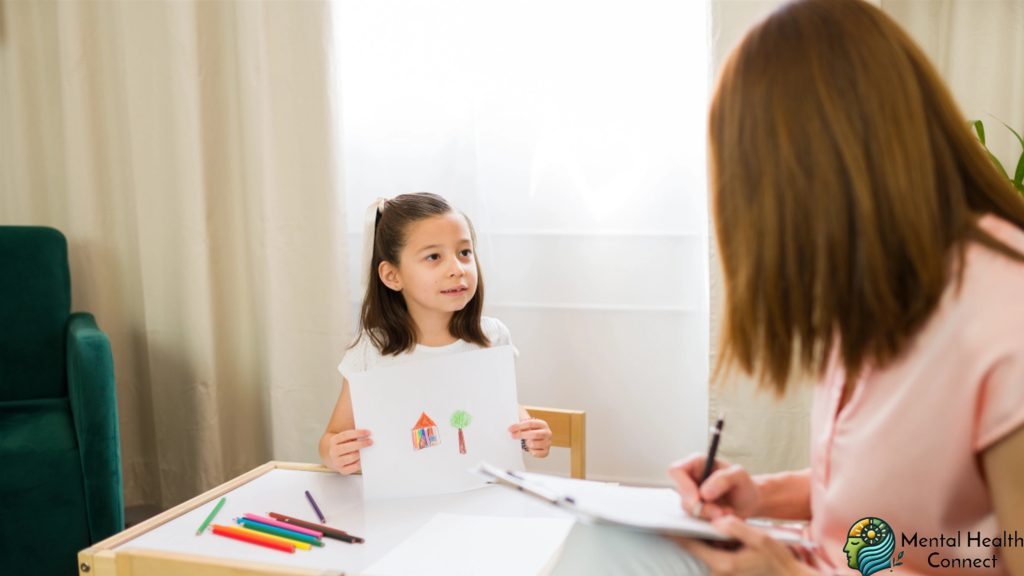
Mistake 1: Focusing Exclusively on “Behaviors” Without Understanding Function
Instead:
- Recognize behavior as communication
- Conduct functional behavior assessments to understand underlying needs
- Address the root causes rather than just the observable actions
- Teach alternative ways to communicate needs
Mistake 2: Overemphasis on “Normalizing” Rather Than Accommodating
Better approach:
- Accept and accommodate neurological differences
- Focus on quality of life and functional skills over “appearing typical”
- Distinguish between helpful skills and unnecessary masking
- Celebrate neurodivergent perspectives and contributions
Mistake 3: One-Size-Fits-All Approaches
Instead:
- Recognize the diverse presentation of autism
- Individualize supports based on specific profiles
- Regularly reassess needs as they change over time
- Combine approaches based on individual response
Mistake 4: Neglecting Mental Health Needs
Better approach:
- Recognize higher prevalence of anxiety and depression
- Provide appropriate mental health supports with autism expertise
- Distinguish autism characteristics from mental health symptoms
- Address bullying and exclusion proactively
Mistake 5: Excluding Autistic Voices from Decision-Making
Instead:
- Include autistic individuals in their own planning processes
- Learn from autistic adults and self-advocates
- Presume competence regardless of communication differences
- Listen to feedback about which supports help versus harm
Future Trends in Autism Understanding and Support

Evolving Diagnostic Approaches
- Earlier identification through refined screening tools
- Recognition of diverse presentations across genders and cultures
- Better understanding of co-occurring conditions
- Moving beyond deficit models to neurodevelopmental profiling
Advancing Neuroscience Research
- Deeper understanding of sensory processing differences
- Increased knowledge about neurological development
- More personalized intervention approaches based on neurological profiles
- Greater focus on strengths-based neurological research
Technology and AI Developments
- AI-assisted communication tools that adapt to individual needs
- Virtual reality for safe social skills practice
- Smart home technology for greater independence
- Wearable technology for anxiety management and sensory regulation
Personalized Support Approaches
- Precision education matching teaching to learning styles
- Individualized sensory-motor profiles guiding interventions
- Gut-brain connection research informing comprehensive care
- Stress reduction approaches tailored to neurological differences
FAQs About Autism
- What are the early signs of autism spectrum disorder in toddlers?
Early indicators may include limited eye contact, not responding to name, delayed language development, repetitive movements, intense reactions to sensory input, and limited or unusual play patterns. Developmental screening at 18 and 24 months is recommended for all children. - Can autistic people live independently as adults?
Many autistic individuals live independently, hold jobs, have relationships, and lead fulfilling lives. The level of independence varies widely across the spectrum, with some needing minimal support and others requiring more substantial assistance. Early intervention, appropriate education, and ongoing supports significantly improve outcomes. - What causes autism spectrum disorder?
Autism has a strong genetic component, with hundreds of identified gene variations potentially contributing to its development. Environmental factors may interact with genetic predispositions. There is no single cause, and vaccines have been conclusively proven NOT to cause autism. - How is autism diagnosed in adults who weren’t identified in childhood?
Adult diagnosis typically involves comprehensive assessment of developmental history, current functioning, self-reported experiences, and standardized assessments adapted for adults. Many adults seek diagnosis after recognizing traits in themselves following a child’s diagnosis or learning more about autism. - What is the difference between autism, Asperger’s syndrome, and PDD-NOS?
In current diagnostic systems (DSM-5), these previously separate diagnoses have been unified under Autism Spectrum Disorder. Asperger’s syndrome and PDD-NOS are no longer officially diagnosed, though many individuals still identify with these terms. The unified diagnosis now includes specifiers for support levels needed.
Autism represents one form of human neurological diversity, with unique challenges and remarkable strengths that vary widely across individuals. Understanding autism requires moving beyond stereotypes to recognize each autistic person’s distinct profile of abilities, interests, and support needs. Whether you’re a parent receiving a new diagnosis, an educator seeking to create an inclusive classroom, or a community member wanting to increase accessibility, deepening your understanding of autism contributes to a world where neurological differences are accommodated and valued. By implementing evidence-based supports, avoiding common misconceptions, staying informed about emerging research, and most importantly – listening to autistic voices – we can all participate in creating a more inclusive society for people across the autism spectrum.
Ready to take the next step in your autism journey? Connect with local autism organizations, explore resources from autistic self-advocates, or consider how you might adapt your home, classroom, or workplace to be more autism-friendly. Understanding autism isn’t just about supporting autistic individuals it’s about creating a more flexible, accepting world that benefits everyone.
-
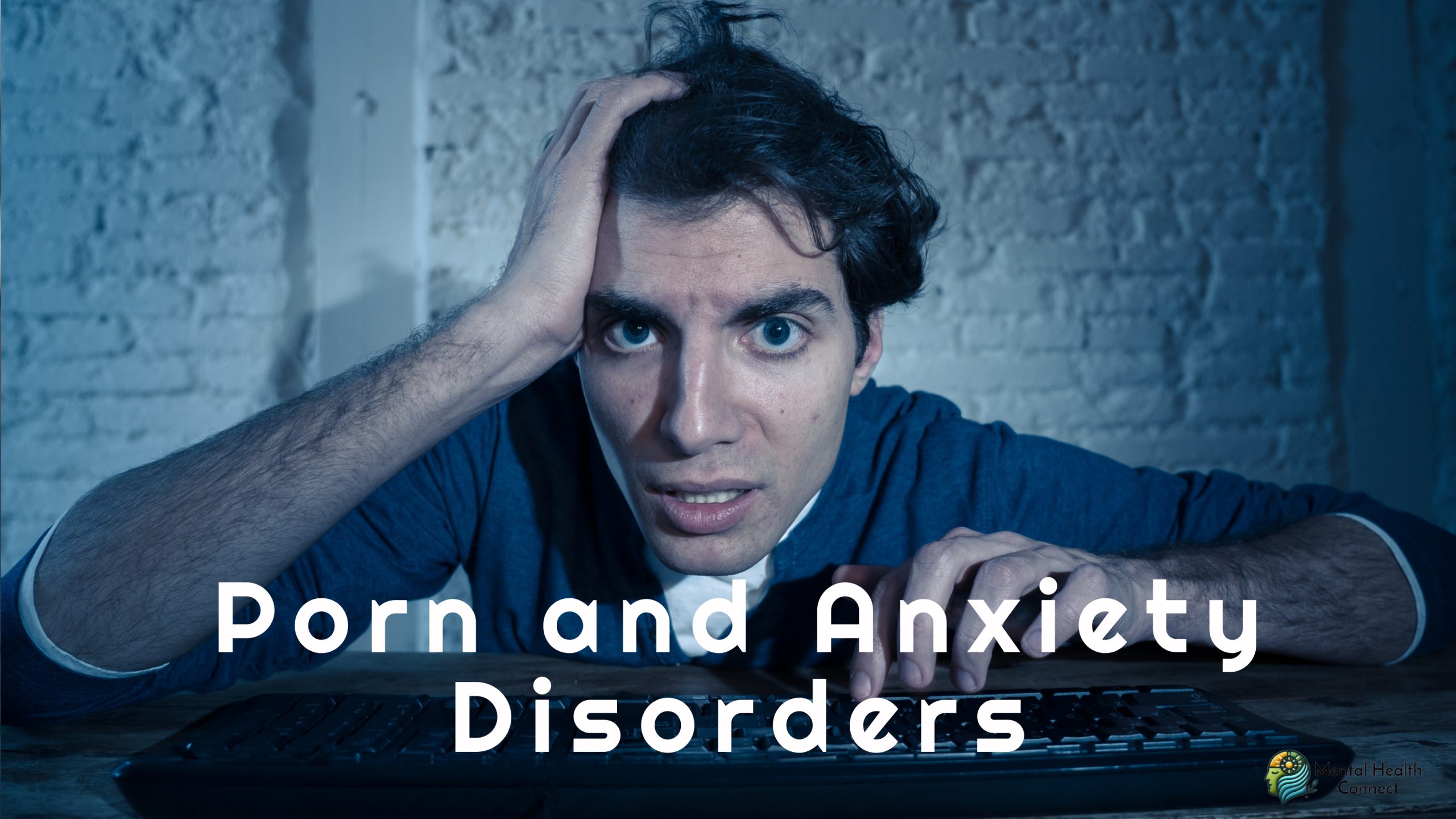 The Hidden Link Between Porn and Anxiety DisordersApril 11, 2025
The Hidden Link Between Porn and Anxiety DisordersApril 11, 2025 -
 Digital Desire: Understanding Porn in the Social Media AgeApril 11, 2025
Digital Desire: Understanding Porn in the Social Media AgeApril 11, 2025
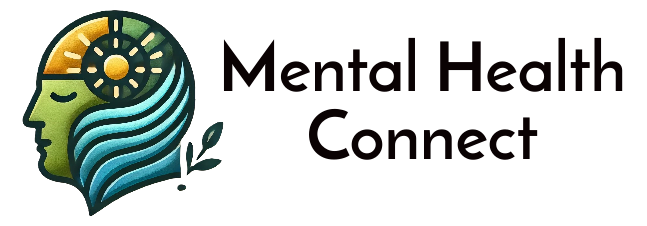
Leave a Reply